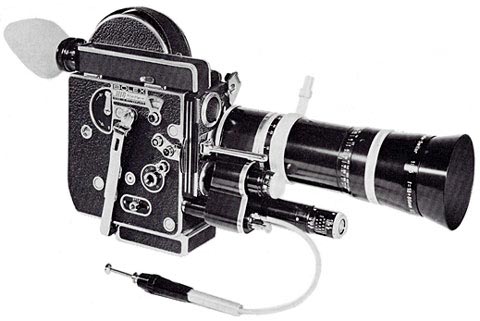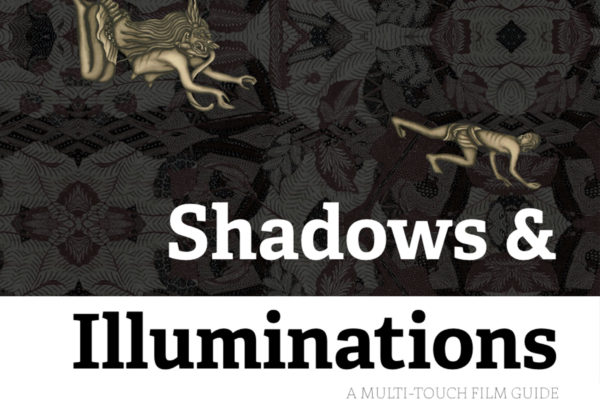As technology changes at a lightning fast pace here are some foundational lessons that have steered my decision-making for buying the next camera.
Bolex Rex 4
I was fortunate to attend film school when 16mm was the primary medium for our projects. Having spent three years of undergrad buried in books and academia, it was revelatory to be hands on with only film and a camera. In Film Techniques 1 all students were expected to finish two films (MOS-mit out sound) projects by the end of the semester. There was no bigger thrill than to shoot, physically cut, and tape 16mm, thread it through the projector then share our cinematic masterpieces to fellow classmates.
The Bolex 16mm was the motion picture camera that the students used. The Bolex Rex-4 series is a manual camera in almost every regard. And the technical limitations are very narrow, therefore making it a great learning tool. The “motor” is spring powered and hand wound for a maximum 28-second-take. It uses 100-foot daylight loading spools for film—approximately 3 minutes. It shoots at variable frame rates of 12-64 with 24 fps being normal motion. It has the option of shooting continuous or single frame animation. There is a three-lens turret for various prime lenses. There is no built-in light meter so a separate device is necessary. As a side note the camera is very compact and weighs in around 6 lbs. It is a mechanical marvel of Swiss engineering.
One negative is the viewfinder. It uses a reflexive viewfinder system, which flares light onto the film if the operator doesn’t keep an eye and a piece of face pressed against the eyecup. Focusing and framing like this was analogous to chugging down a fifth of Nighttrain and trying to line up your shot.
I was shooting mostly skateboard footage using a wide-angle 5.7mm Century lens and with time I developed a technique where I was able to confidently compose action shots without looking through the viewfinder. I used the built-in lever for closing the viewfinder to prevent light loss. Shooting during the day with plenty of sunlight with proper exposure allowed for a deep depth of field, in other words, everything was in focus.
Eventually after film school I acquired a Rex- 4 model Bolex with Angenieux 12-120mm zoom, which I have used on many projects. It has a special place in my heart.
Next: Canon Hi-8 A1 Video With the Film Look







